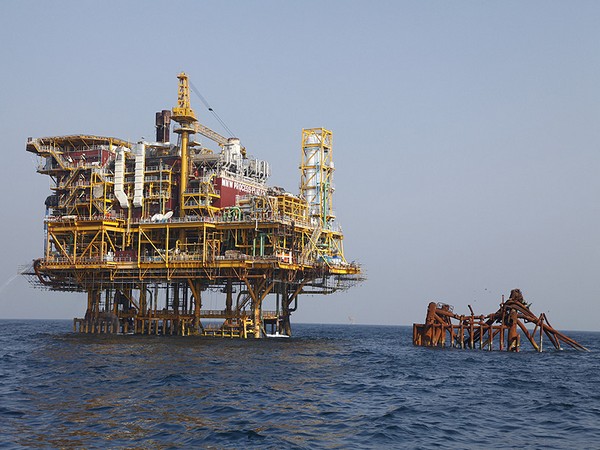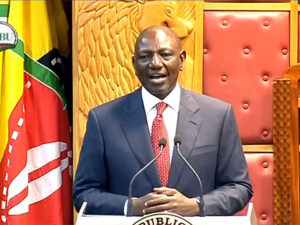
New York [US], April 2 (ANI/Sputnik): Oil markets entered April with their worst weekly loss in two years as the Biden administration announced the largest ever crude reserve release that sent the benchmark US price below the key USD 100-per-barrel support. London-traded Brent, the global oil benchmark, settled down 32 cents, or 0.3%, at $104.39 per barrel after a session low at $102.37. Week-to-date, Brent was down 13%, its biggest weekly decline since April 2020. Just on Thursday, Brent finished the first quarter up 39%.
New York-traded US crude benchmark West Texas Intermediate, or WTI, settled down $1.01, or 1%, at $99.27 a barrel, after an intraday low of $97.81. WTI was down almost 13% on the week for its biggest weekly drop since April 2020. On Thursday, it settled first quarter trading up 33%. The Biden administration announced on Thursday that it will release a record of 1.0 million barrels per day of oil from the US Strategic Petroleum Reserve (SPR) over the next six months to alleviate a global supply crunch.
The total 180 million barrels from the release will be issued in two stages, the first between May and June and the second from August to October, the Department of Energy said. The SPR had 568.3 million barrels in stock as of the week ended March 25, according to the US Energy Information Administration. If 180 million barrels are taken out, the nation’s oil reserve could be drawn down to a third of its current size.
Analysts across the energy sector warn of a worsening supply crunch in the coming months as the United States upholds its ban of Russian oil, while many other nations avoid business with Russia as well, due to sanctions imposed against Moscow over its war on Ukraine. Despite such warnings, the world’s biggest oil exporters in OPEC, along with their allies, which include Russia, decided on Thursday to do just a modest production increase for next month. The wider oil producers’ alliance, known as OPEC+, said it would increase output in May by 432,000 barrels a day. That’s a slight uptick from its typical monthly increment of 400,000 barrels per day in a market analysts said was in need of around 5 million barrels more.
President Joe Biden began tapping the SPR to provide US refiners with oil loaned from the reserve that they wouldn’t have to pay for but return within a stipulated period. By doing this, his administration hoped there will be fewer transactions of oil in the open market and prices for both crude and fuel products like gasoline and diesel would come down.
Prior to this, Biden ordered the release of 50 million barrels from the SPR in November and 30 million last month, in coordination with the reserves released by other countries that included China, Japan, India, South Korea and Britain. In recent months, the administration released some 3.0 million barrels weekly from the SPR. But its efforts have had a negligible effect so far on prices, with refiners turning out more fuel products than they usually do at this time of year, resulting in an extraordinarily high turnover of barrels.
OPEC+ said on Thursday that the recent volatility in oil prices was “not caused by fundamentals, but by ongoing geopolitical developments,” in an apparent reference to the war in Ukraine. Brent hit 14-year highs of almost $140 per barrel in the aftermath of the sanctions imposed on Russia and have largely held at above $100 over the past month. (ANI/Sputnik)


















